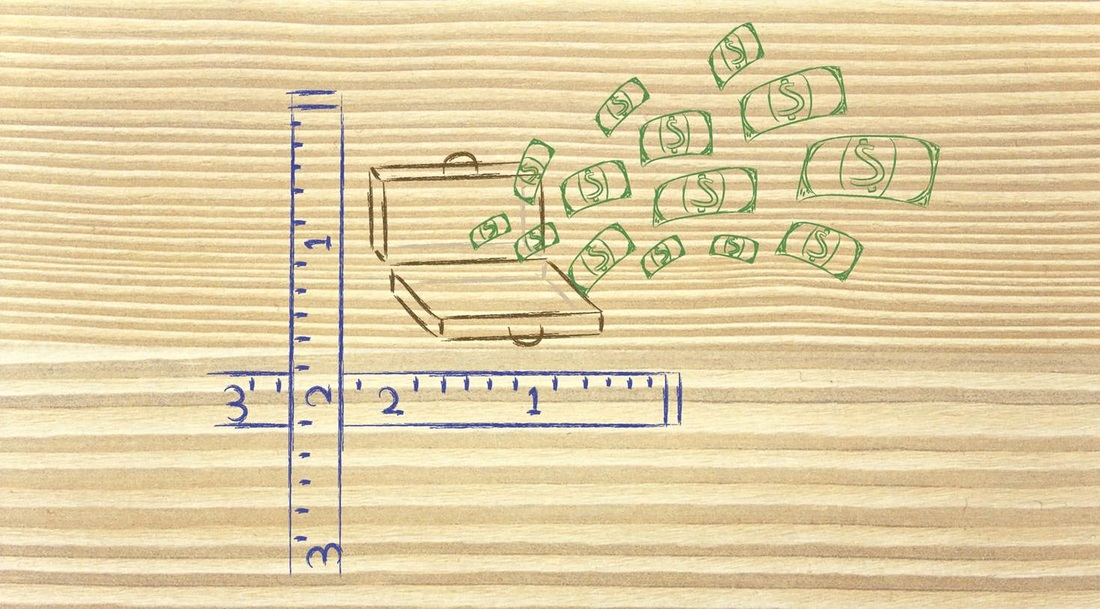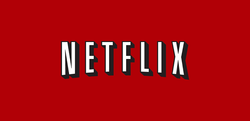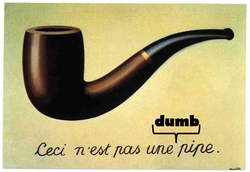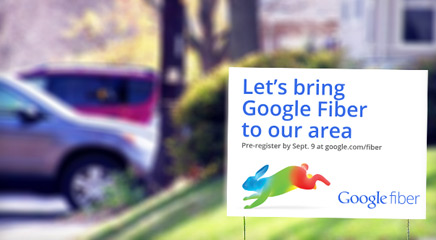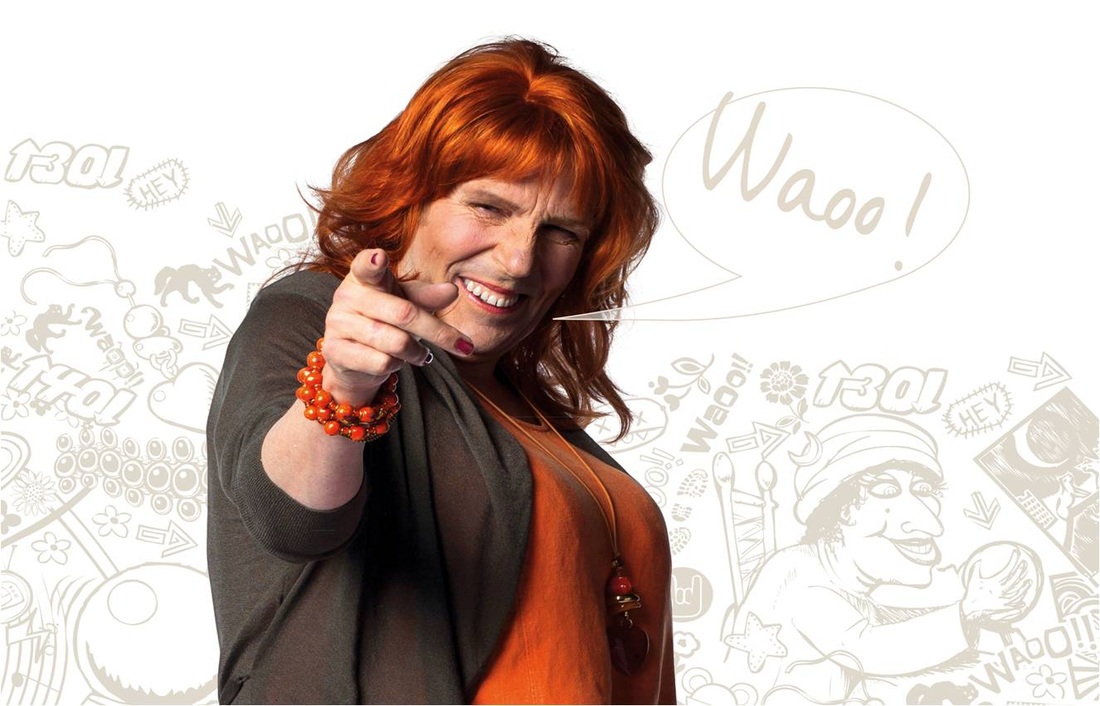As described in an earlier blog post, the TV industry in undergoing major changes. The business models behind its three main sources of revenue, subscriptions, advertising and license fees, are being disrupted. Up to this point, the focus of my blogs has mainly been on the changes in the subscription models driven by infrastructure competition and streaming providers, such as Netflix. We’re now starting to see the beginnings of a future business model where infrastructure owners embrace OTT as pioneered by my previous company Waoo!.
The other major source of the TV industry’s income, highly related to the subscription model, is advertising. Some would argue that the essence of the business has not changed since Bulova aired one of the first ads in the US in 1941. As an executive responsible for hundreds of millions in marketing investments, I have always felt ambivalent about TV advertising. On one hand, I know that it works but on the other we cannot track the ROI as directly as we can with our investments in digital advertisement.
The TV advertising model is fundamentally different than the digital advertising model, where ROI can be calculated on data from the individual user. I strongly believe that the TV advertising model must move in the same direction. It is unsustainable for an industry of $70B in the US alone, and in the era of big data and analytics, not to be based on direct metrics but on solely on (really sophisticated) indirect measure. The drive for this change will come from various sides and is already underway.
Ultimately, for the future TV advertising model to work just like digital, it would require advertisers to know who watches what and when. This can be resolved by getting data from the STB (ideally with a personal profile) with solutions such as those provided by Rentrak. Additionally, the ads would need to be inserted via dynamic ad insertion which is being implemented in major cable networks in the US.
Now, it is going to take time to implement these changes, and as seen in the correlated model for the TV subscription business, the future might not be clean cut, but rather a mix of models. In other words, in the future TV advertising will not be a copy of digital business model.
At IDenTV, we believe that just knowing exactly when an ad is running – real –time – is a significant step towards the future of TV advertising. Numerous benefits will come from efficiently making real time advertising data and analytics available. First and foremost, all companies relying on manual logs will instead rely on a more accurate automated reporting, and with this information advertisers can run their attribution models quicker than ever before, leading to faster decision making about re-allocation and resulting in improved ROI on their media investment. Also, advertisers can now synchronize their messages on mobiles with the message broadcasted on TV also leading to an improved ROI.
As the business model for TV subscriptions has begun a major transformation, the TV advertising model will also change dramatically. Advertisers will demand more data and documentation on ROI on the direct effect of the $70B investment in TV advertising.
